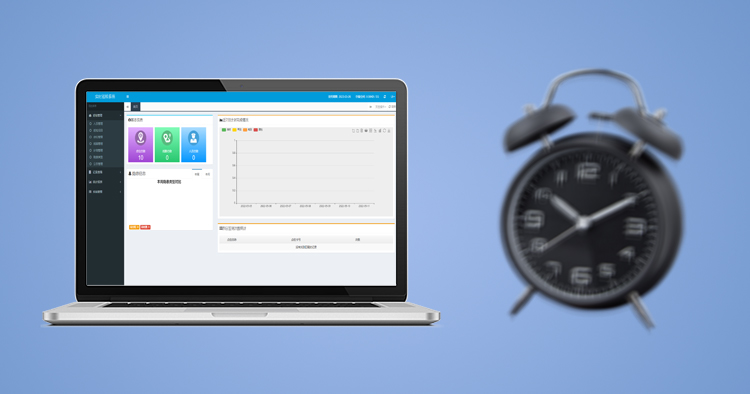

Security access control systems manage access to buildings, rooms, or restricted areas by verifying the identity of individuals attempting to enter. They can be as simple as a key card system or as complex as biometrics, and they play a vital role in managing security.
A typical security access control system consists of multiple components, including access points (such as doors or gates), credentials (key cards, biometric scanners, or PIN codes), and a central management platform that monitors and records access events. The main goal of such systems is to prevent unauthorized access and ensure that only authorized personnel can enter specific areas. However, when combined with a video surveillance system, a video surveillance system significantly enhances the capabilities of access control systems.
Video surveillance systems are another pillar of modern security management. It involves using cameras to monitor and record activity in and around a building, providing security teams with live and historical footage for review. These systems are often integrated with alarms, sensors, and access control systems to provide comprehensive security coverage.
Modern video surveillance systems record footage and feature motion detection, automatic alarms, facial recognition, and analytics to help security teams spot unusual activity. However, while video surveillance systems can capture and record events, they do not provide real-time interaction with access points. Integration with security access control systems can provide significant advantages, resulting in a more cohesive and proactive security solution.

Various ways exist to integrate security access control systems with video surveillance systems. Typically, integration involves connecting the two systems through a unified software platform, enabling security personnel to access and control both systems from a single interface.
When someone scans their access badge at the door, the security access control system verifies their credentials. At the same time, the video surveillance system can display live video from the camera covering that door. If an unauthorized person attempts to enter, the system and the video alert security personnel for quicker intervention. In more advanced setups, the video surveillance system can even be programmed to automatically focus on specific areas of interest when an access event occurs.
Integrating a security access control system with a video surveillance system has many advantages. First, it provides enhanced situational awareness. Security teams can view access logs and live video footage, which helps them make faster, more informed decisions.
Second, the integration automatically correlates access events and video footage. For example, if an access event is triggered at a specific time, the security system can automatically retrieve and display video footage of the corresponding area. This streamlined workflow improves efficiency, reduces the potential for human error, and enhances the overall security response. In addition, integrating the two systems helps improve compliance and accountability. Video footage clearly records who entered a specific area and when, which is critical for audits, investigations, or regulatory compliance.

While the benefits are clear, there are also challenges to consider when integrating a security access control system with a video surveillance system. One of the main challenges is the complexity of the integration process. Different systems may use other technologies, protocols, or software platforms, making seamless integration difficult.
It is critical to select systems that are compatible with each other. Many manufacturers now offer integrated solutions where the access control and surveillance components are designed to work together. However, if the systems are from different vendors, careful planning and coordination are required to ensure a smooth integration. Another consideration is cost. While integrating these systems can enhance security, the upfront investment can be considerable.
Integrating a security access control system with a video surveillance system offers significant advantages for any organization looking to enhance its security measures. Combining real-time monitoring, access control, and video surveillance provides comprehensive protection and ensures a more efficient and accountable security process. Although there are some integration challenges, the benefits far outweigh the difficulties, especially as modern technology makes these integrations easier to achieve.